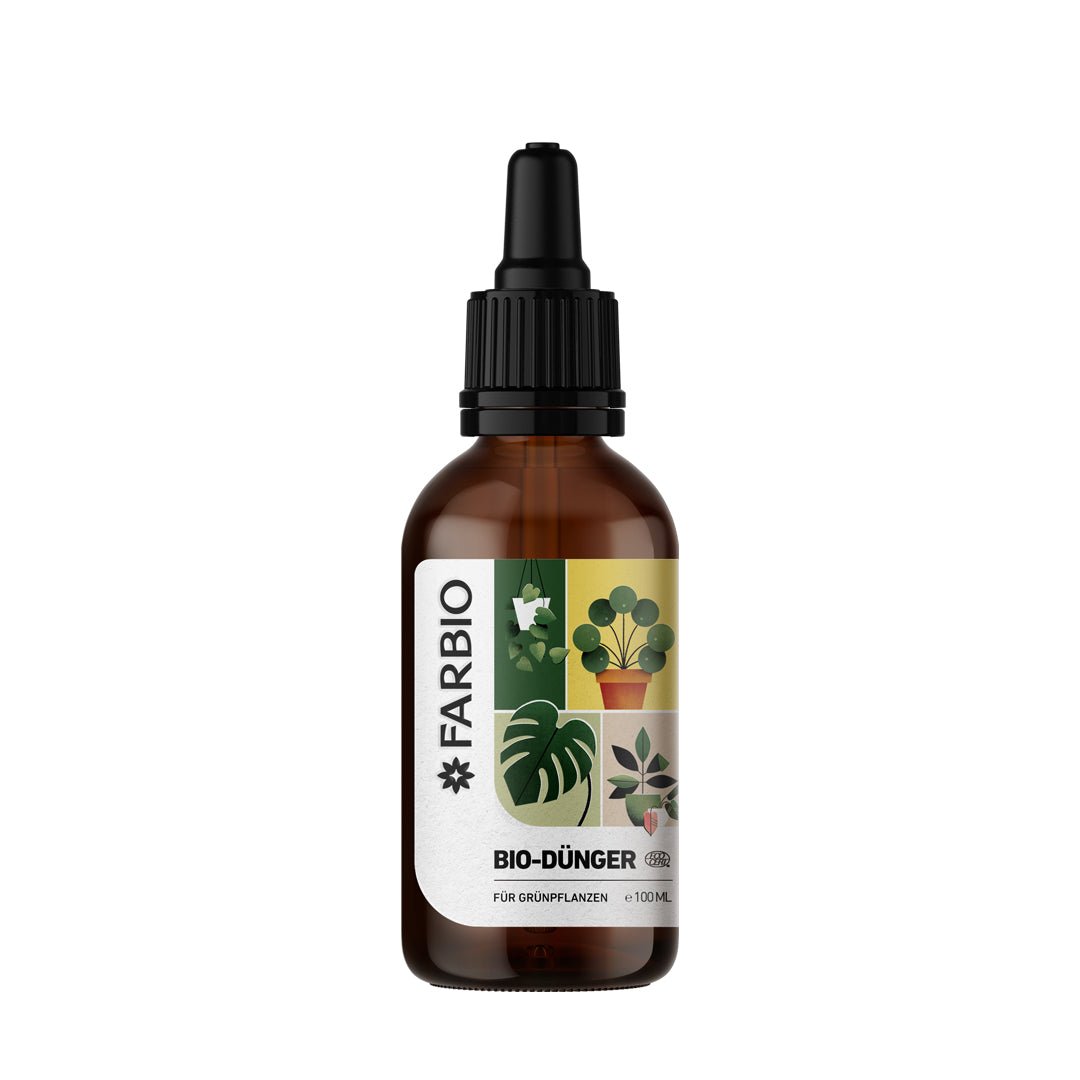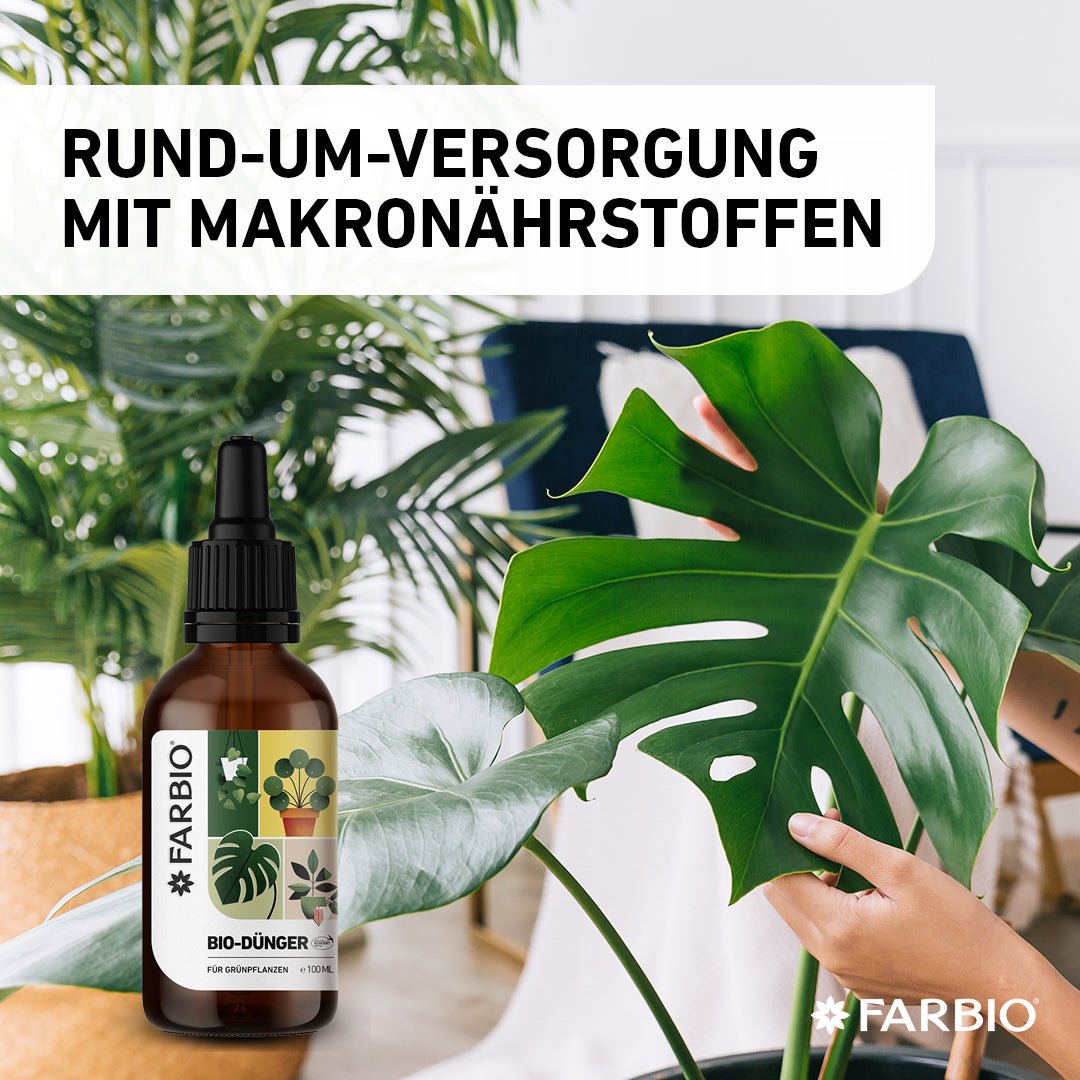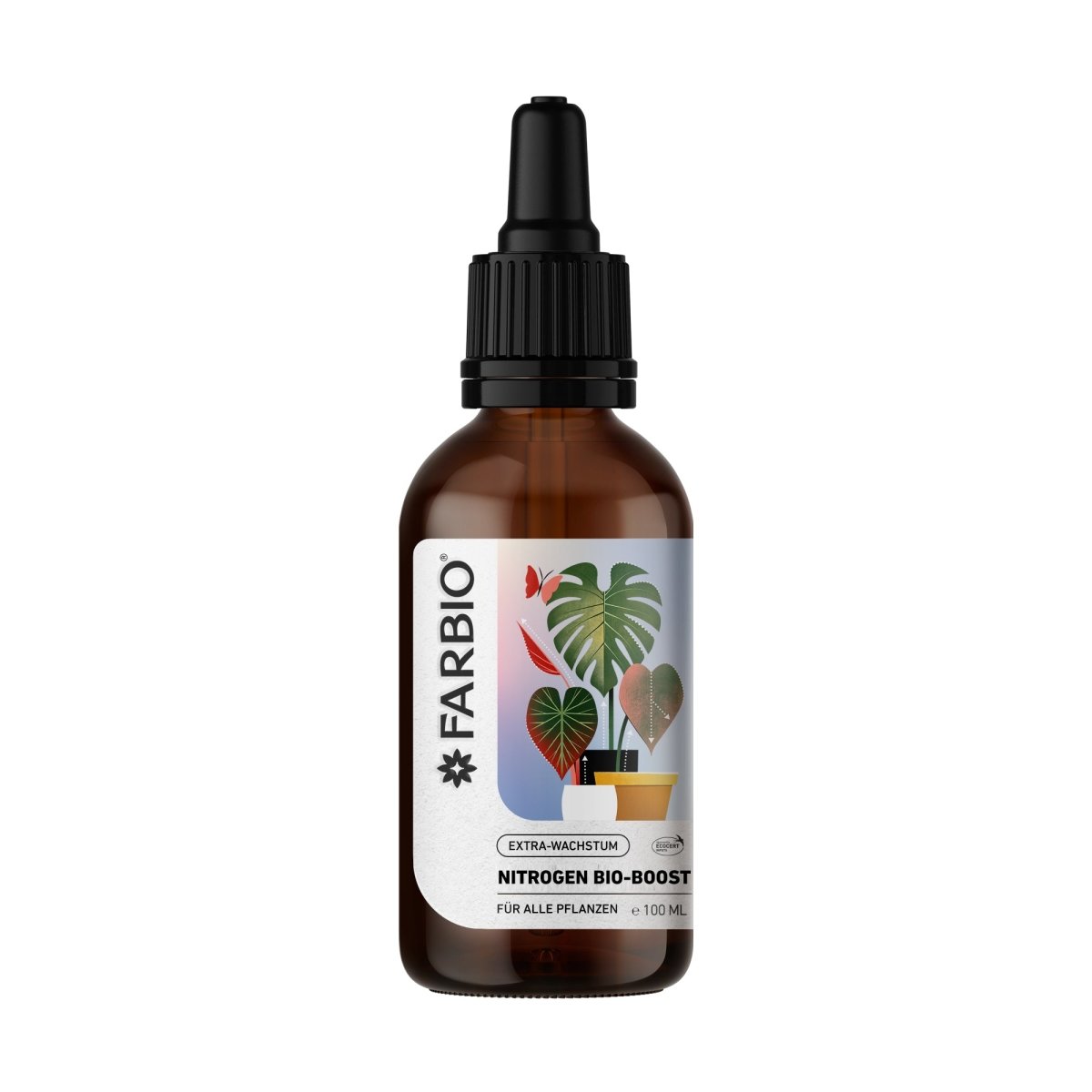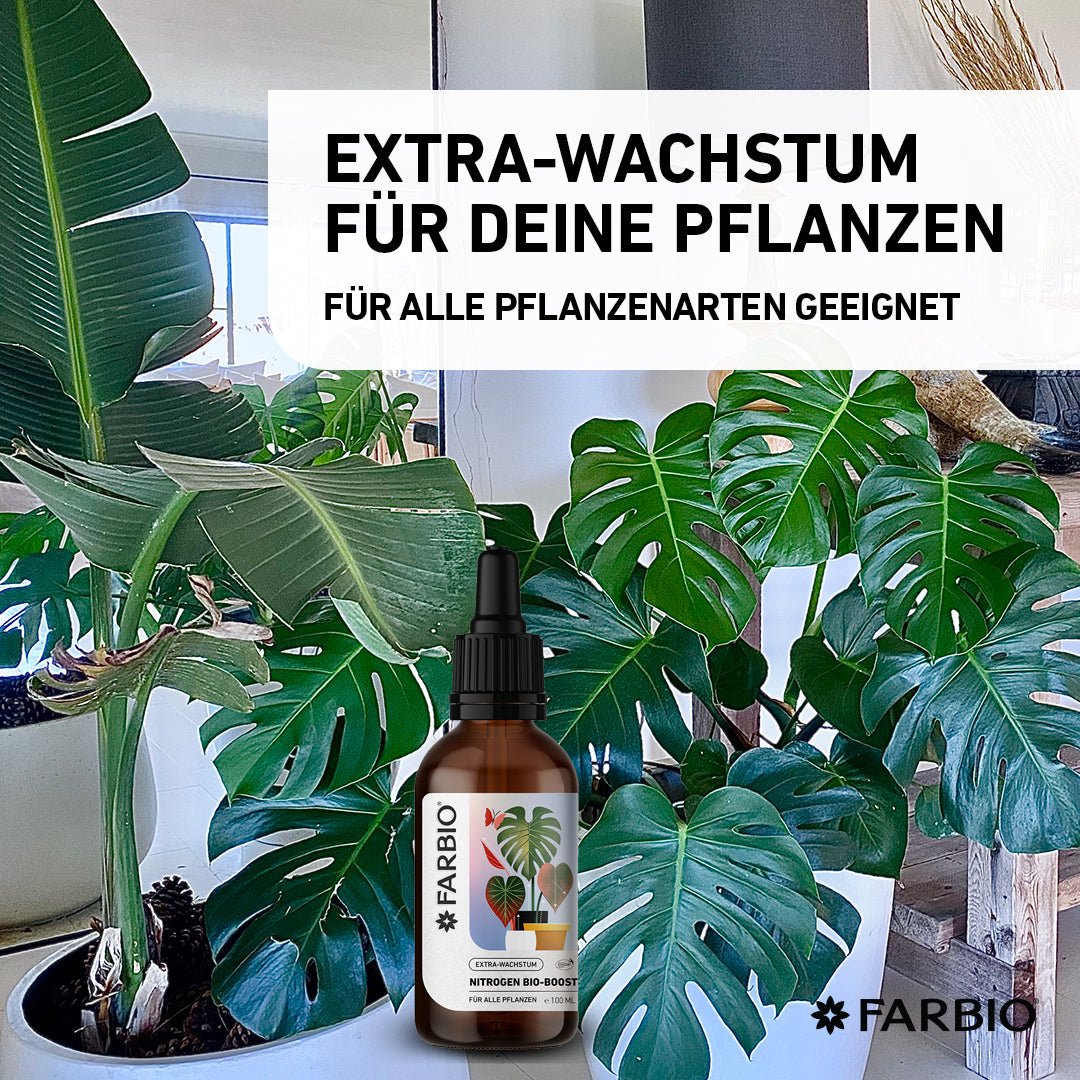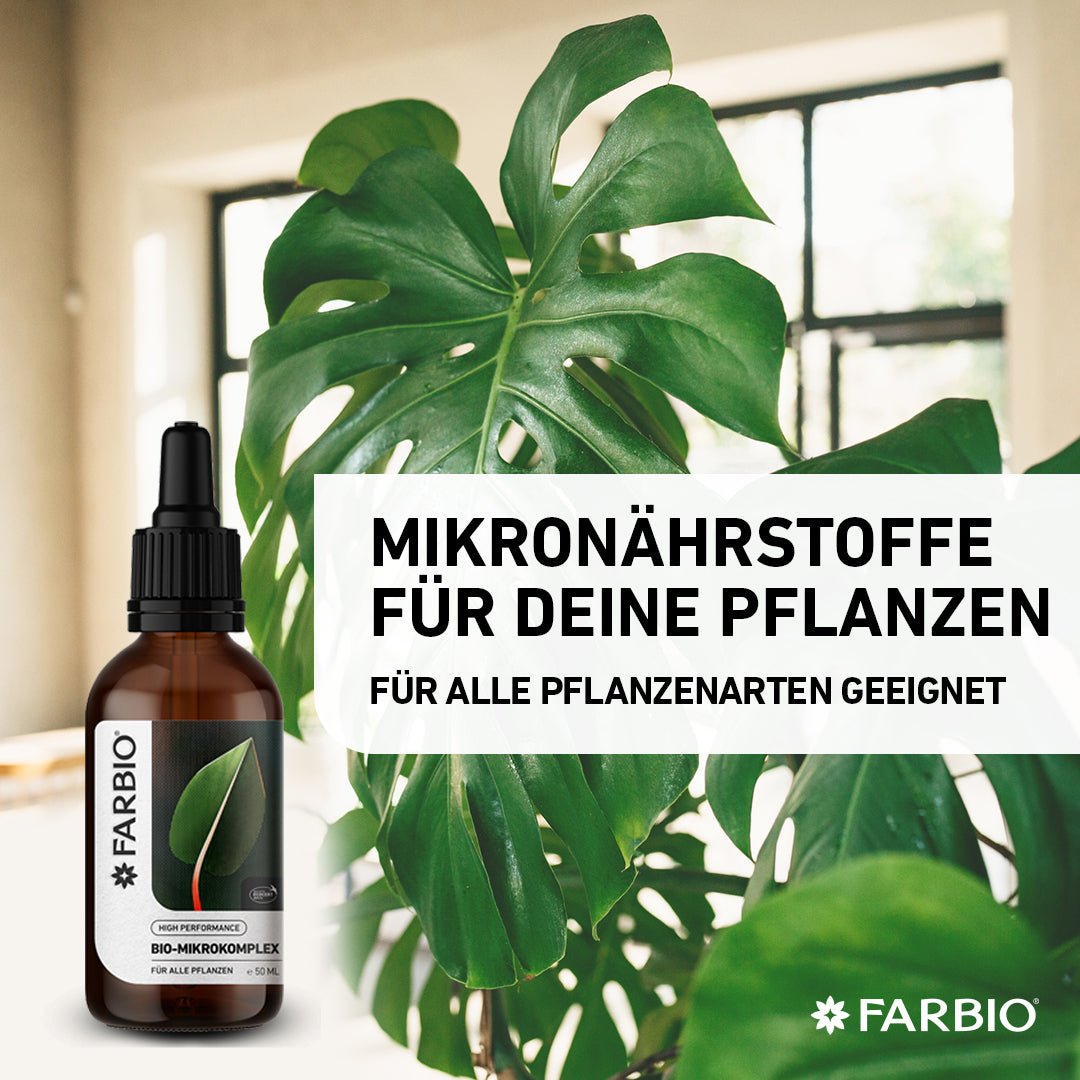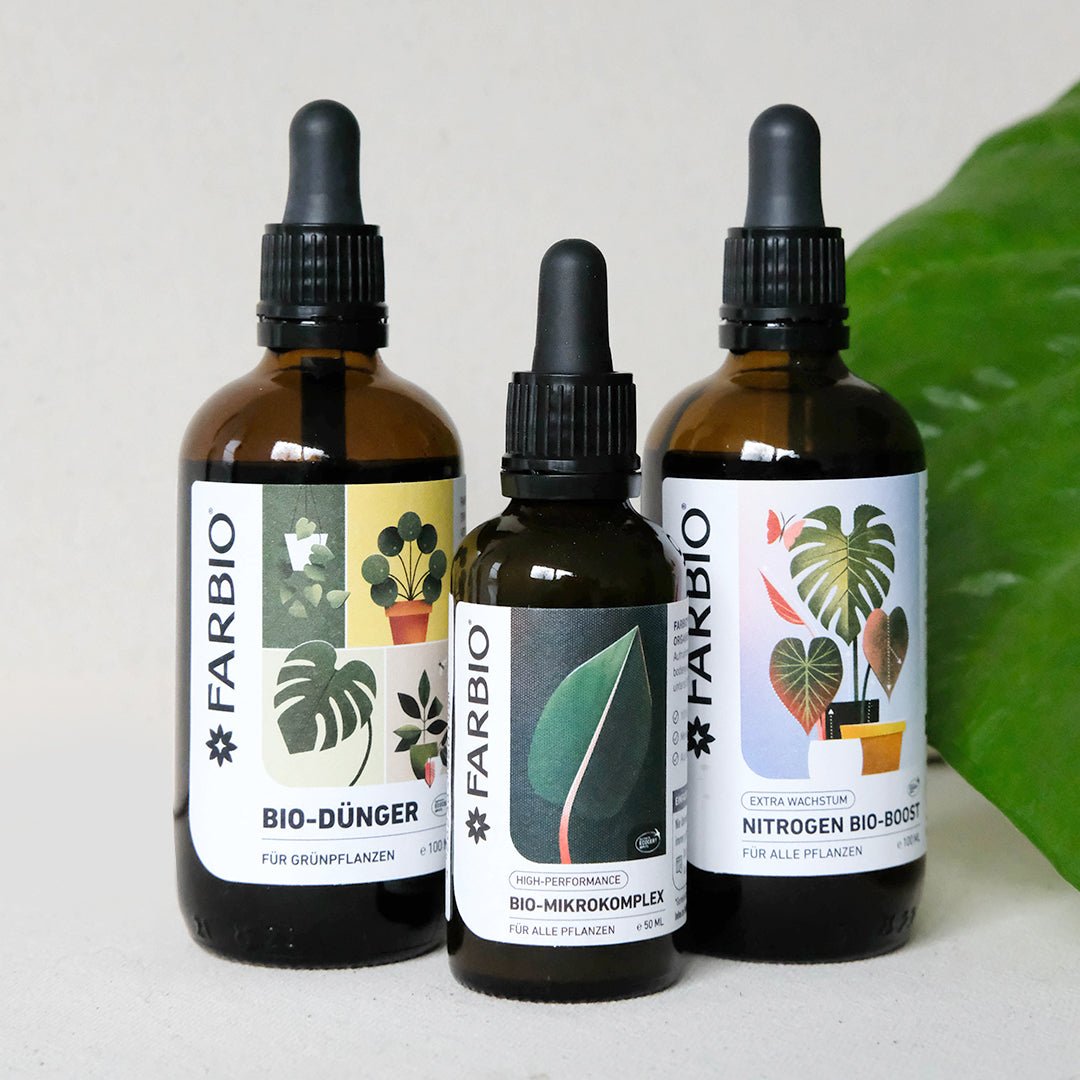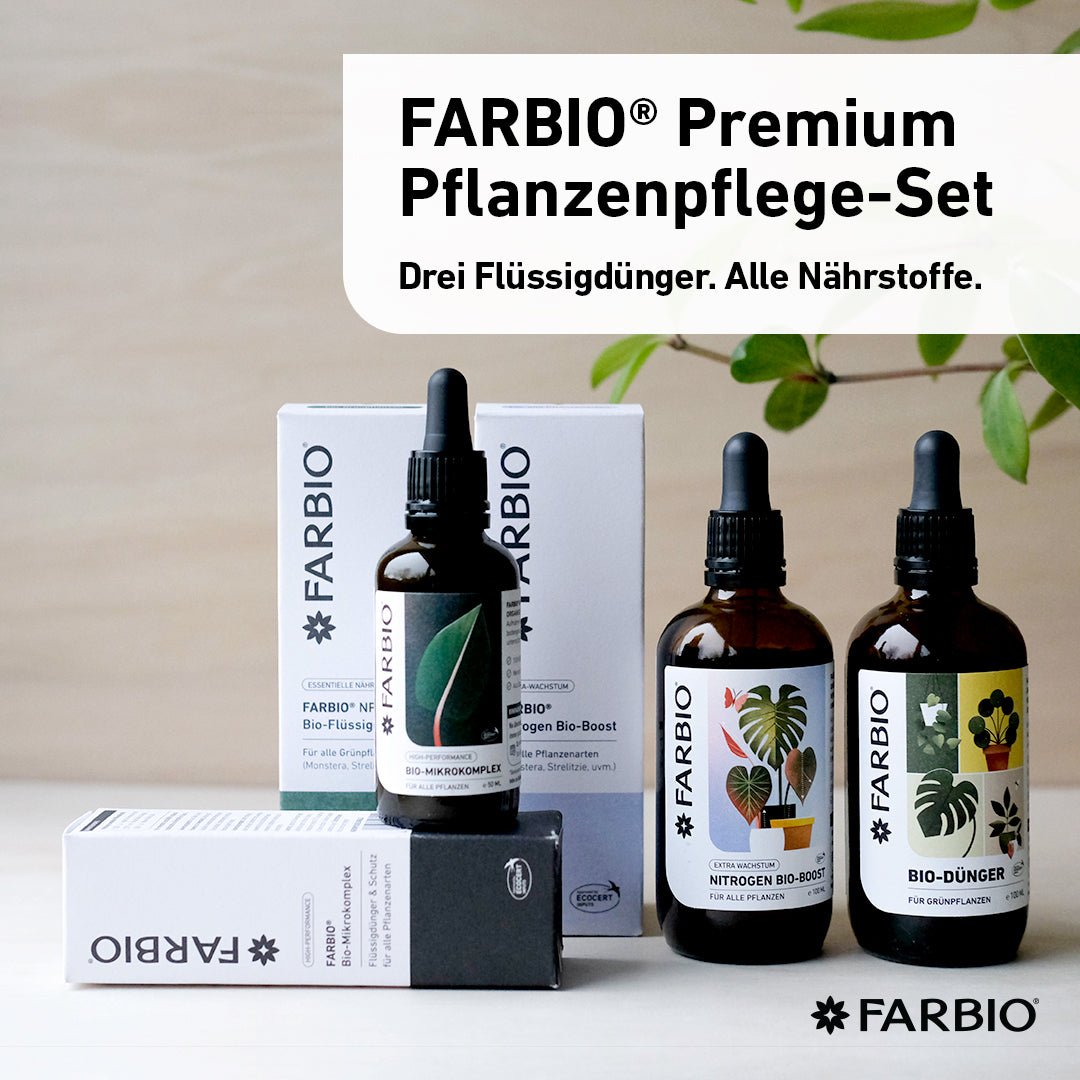The Calathea genus is one of the most desirable houseplant species and a popular choice for both professionals and beginners. Also known by many under the German name Korbmarante. Native to tropical regions, the Calathea family includes some of the most beautiful foliage plants with their unique dark green leaf markings and bright colors. However, with this beauty comes certain maintenance requirements that must be met in order for these plants to thrive. Knowing proper calathea care, feeding, and propagation can make all the difference when it comes to keeping your houseplant in peak condition.
Calathea Species and Varieties
Calathea orbifolia has round, light green leaves with silver-grey stripes. It can grow up to a meter tall and the leaves move depending on the time of day or night.
Calathea ornata shines with green, long oval leaves with pink thin stripes. The underside of the leaf is dark red. The growth height is 50 centimeters.

A Calathea warscewiczii has green leaves with light green and reddish markings. It can form white flowers and grow up to 2 meters tall.
Calathea rufibarba has long, narrow leaves with serrations and shading. The plant, which is about 60 centimeters tall, is characterized by a red-violet underside of the leaf.
The leaves of Calathea zebrina are large, oval and light green with darker even stripes.
One Calathea lancifolia features pointed light green leaves with ripples and distinct green oval dots. It can grow to be a little over half a meter tall.
The Calathea white fusion is popular because of its long green leaves with pinkish-white, large, misshapen variegations.

Calathea makoyana grows with broad oval leaves and thick, dark green margins and light green shaded leaves. It can grow up to 75 centimeters high.
The upper surface of the large, heart-shaped leaves of the Calathea network has small mosaic patterns.
A Calathea roseopicta has large, light green leaves and purple colored leaf edges. She grows to about half a meter tall.
The Calathea crocata is popular because of the oval, wavy leaves without stripes and the blue-green coloring of the leaf upper side. The underside of the leaf is purple. Yellow-orange flowers can form.
Calathea leopardina has pointed, light green leaves and dark variegation. The underside of the leaves and longer stems are also light green.
Which calathea species are poisonous?
All clear for everyone with a pet: basket marants are not poisonous, neither for cats, dogs or humans. Neither their leaves, blossoms nor seeds pose any danger to humans or animals!
Basket marant substrate and location
Indoor plant soil with a high proportion of organic matter and is nutrient-rich is suitable. Here we recommend you to use an organic universal soil as well as green plant and palm soil with a pH value between 5-6. If you add perlite or biochar, you can improve permeability and water storage capacity. Calathea like a semi-shady location without direct sunlight and drafts. They do not like dry air and therefore need high humidity and room temperature.
Water calathea
The soil of Korbmaranten should be kept evenly moist but not wet. Only water again when the soil is completely dry, otherwise waterlogging and rotting of the root ball can occur - watering every 2 weeks is usually sufficient. If you stick your finger in the soil, it should come out dry before you water! Lime-free water, such as rainwater or mineral water, is best. Since it is a tropical houseplant, the leaves should be sprayed regularly. The FARBIO® glass spray bottle is perfect for regularly spraying your plants with water, fertilizer or other care products.
The calathea can move its leaves and roll up and down by joints on leaf stalks. It usually only does this in the evening, but if it also curls up during the day, it can be a sign of improper watering!
Fertilize calathea
Along with adequate lighting and moisture, regular fertilizing of the calathea is key to long-term health and growth. A balanced liquid fertilizer should be applied every two weeks during the summer months and once a month during the winter months. The FARBIO® NPK organic liquid fertilizer for green plants supports the supply of your calathea with essential nutrients. Our natural nutrient complex promotes rapid growth and ensures strong roots and a healthy and vibrant soil, making your plant more resistant to disease and pest infestations. The FARBIO® Nitrogen Bio-Boost supports and strengthens your basket with important nutrients, which are essential for intensive leaf green and a pronounced growth of all plant parts.

Calathea flowers
Calathea has beautifully patterned leaves, but rarely produces flowers as a houseplant. To do this, it must be ideally cared for and cared for. A flower robs your houseplant of a lot of energy. If you would rather have lots of beautiful leaves with great patterns, then you should cut off the flower as soon as you discover it!
Some well-known flowering species are Calathea zebrina, Calathea crocata, Calathea rufibarba and Calathea warscewiczii. The flowering period varies from April to August.
Once the flower has faded, you can simply cut it off at the base. If you want to multiply your calathea, you have to pollinate the flowers yourself with a brush.
Propagating calathea
Obtaining seeds yourself is very tedious with houseplants and therefore hardly feasible in reality - it is easier with other methods of propagation. With a calathea, this is relatively easy if you follow the right steps. Spring is a good time, before the plant starts growing.
The best method is by dividing the roots: simply use a sharp knife to divide the plant into several sections, each retaining their own roots. Place each section in a separate pot filled with potting soil and water thoroughly before placing in a warm spot out of direct sunlight for a few weeks and waiting for new growth to show up.
Alternatively, you can also propagate the Korbmarante using cuttings. To do this, cut off several shoots that have at least two pairs of leaves. You then place these in a container with low-lime water until roots have formed. After about a month you can transplant your offshoots into potting soil.

Repot calathea
The Korbmarante should be repotted about once a year, as too little space in the pot restricts the growth of the roots and thus the entire plant. The best time to do this is in the spring before the start of the growth phase. Once the plant has been removed from its old pot and the old soil has been removed, you should examine the roots for brown or rotten spots. Cut them off if necessary to prevent further deterioration.
Houseplants diseases and pests
Basket marants are considered squeamish and prone to pests and diseases. The more seriously you take care of the calathea, the healthier and more resistant it can grow. If the heating air is too dry, an infestation of spider mites often occurs. In addition to spider mites, scale insects can also be found on the underside of the leaves of your houseplant. Constantly wet soil can also quickly lead to a fungus gnat infestation. In addition to pests, your basket marante can also be attacked by fungal diseases! Regular monitoring and quick treatment of neem oil infestations is important.



